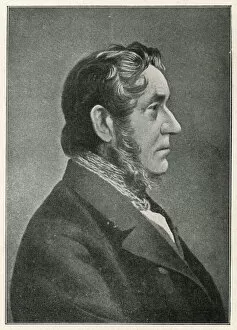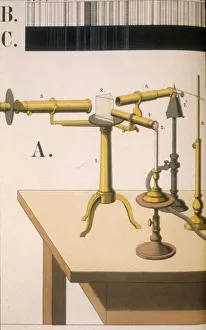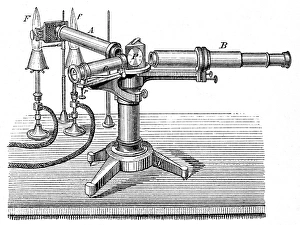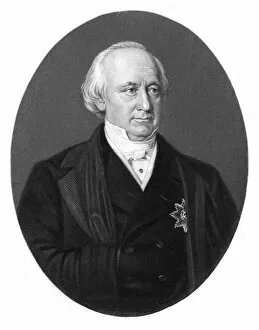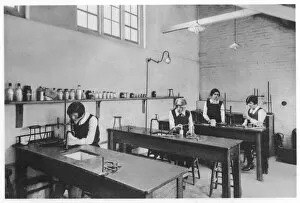Bunsen Collection
"Bunsen: Pioneering the Path of Electrical Innovation in the 19th Century" Step into the world of Bunsen
All Professionally Made to Order for Quick Shipping
"Bunsen: Pioneering the Path of Electrical Innovation in the 19th Century" Step into the world of Bunsen, where electrical equipment revolutionized scientific exploration. Robert William Bunsen, a prominent figure in this era, left an indelible mark on history with his groundbreaking contributions. Embark on a captivating journey through time as we delve into the realms of discovery. A Cruise in the Black Sea engraving transports us to moments when Bunsen's genius was at play. Alongside him stands Christian Karl Josias von Bunsen, another remarkable individual etched forever in our memories. Electricity takes center stage as an enchanting engraving reveals its mesmerizing power. Ferdinand Hurter's black and white photo captures the essence of this electrifying epoch, showcasing how science unfolded under Bunsen's watchful eye. Robert Wilhelm Bunsen himself emerges from history's pages—a German chemist whose brilliance continues to inspire generations even today. In a snapshot from 1900, we catch a glimpse of his profound impact on scientific progress. A moment frozen in time brings together three extraordinary minds—Gustav Kirchhoff, Robert Bunsen, and Henry Roscoe—scientists who shared their knowledge and shaped our understanding during their encounters around 1860. The enigmatic Gustav Robert Kirchhoff appears twice more—an eminent physicist whose work resonates throughout centuries. His presence lingers through portraits captured in 1873 and 1876—a testament to his enduring influence. Witnessing innovation firsthand becomes possible with glimpses into spectroscopic apparatus used by both Robert Wilhelm Bunsen and Gustav Robert Kirchhoff circa 1895. These visionary instruments paved new paths for scientific inquiry that continue to shape our world today. Finally, behold the spectroscope—an ingenious invention dating back to 1882—that unlocked mysteries hidden within light itself.


